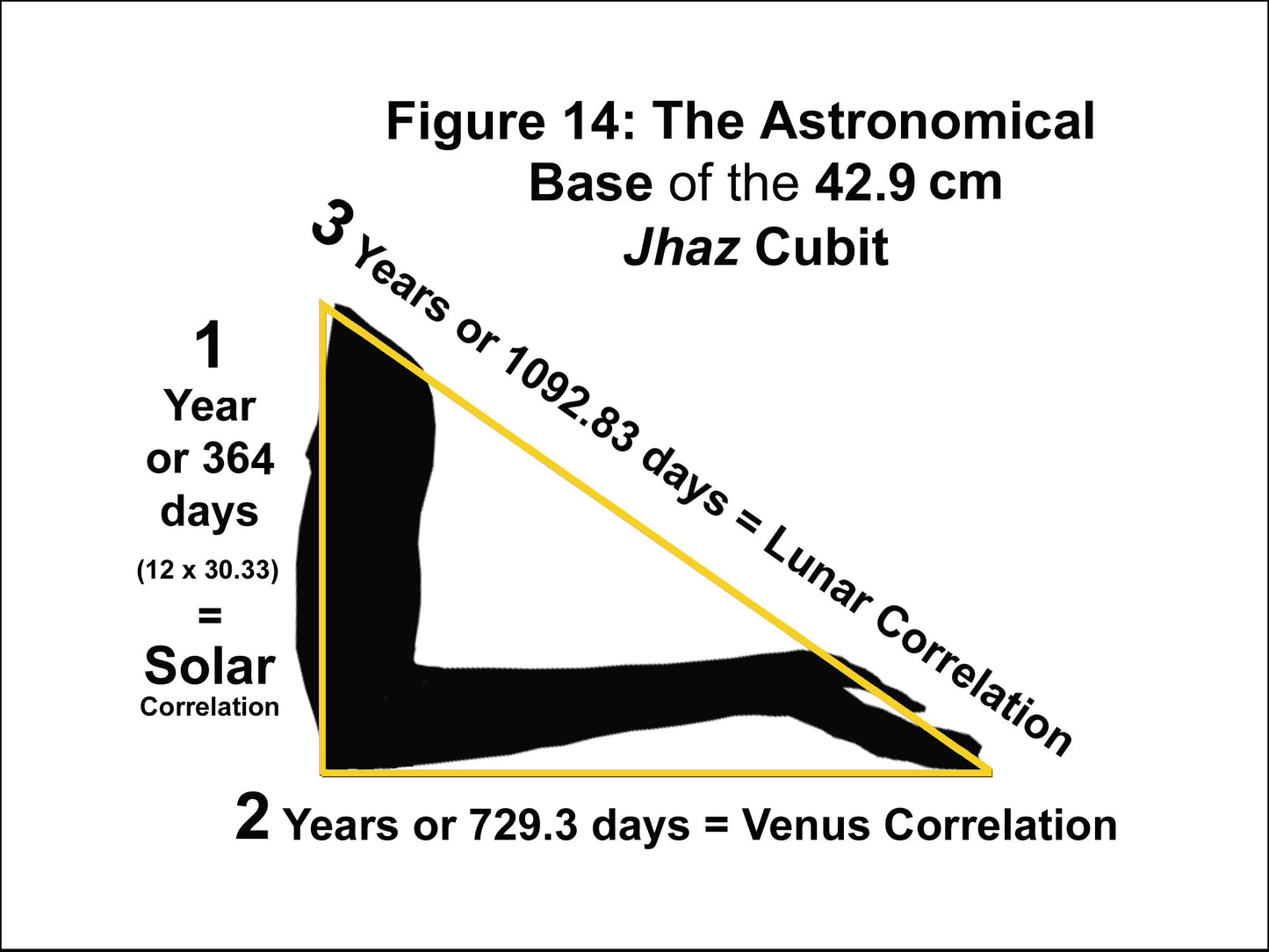ARI
The Jhaz Measurement System Discovery, Structure, & Diversity of Applications
The Jhaz Measurement System Discovery, Structure, & Diversity of Applications
Couldn't load pickup availability
Abstract:
The Jhaz 42.9 cm cubit discovered in recent excavations of Site II-4 at Khor Kharfot and also during the mapping of the nearby astronomical observatory—both apparently dating to the early sixth century BC— is addressed. This 42.9 cubit is the refined version of the 42.8-centimeter cubit discovered by physicist/archaeologist Asher Kaufman among the Temple Mount foundation stones in ancient Jerusalem during his 1967-1980 explorations. This modified Kharfot Site II-4 is identified as a sanctuary for worshiping Jehovah. Its measurements of 10.3 x 15.45 m were anciently laid out in 2 x 2 and 2 x 3 proportions using 12 repetitions of this Jhaz cubit (12 x .429 = 5.148 meters). The Jhaz, as a unit of measure is compared with diverse Near Eastern units of measure. Geometric, Golden Mean, and square root mathematical models based on Pythagorean Theorem applications demonstrate the primacy of the duodecimal system in this cubit and also this cubit’s mathematical origin within the diameter of a 360-degree circle based on the Θπ variant of π (√2 + √3 = 3.146). Cosmic significance of the 429 mm cubit is demonstrated using an interactive Pythagorean Theorem model and the square roots of 1, 2, and 3 linked with 12, 17 and 21 integers. When these three integers are sequentially multiplied by 30.33, 42.9 and 52.54 days the result establishes this 429-millimeter cubit’s ultimate correlation with sun, Venus and Lunar cycles occurring respectively over the course of one-, two-, and three-year periods.
Archeological Research Institute
Wadi Sayq Technical Research Series, Paper No. 3 2020a
Share


